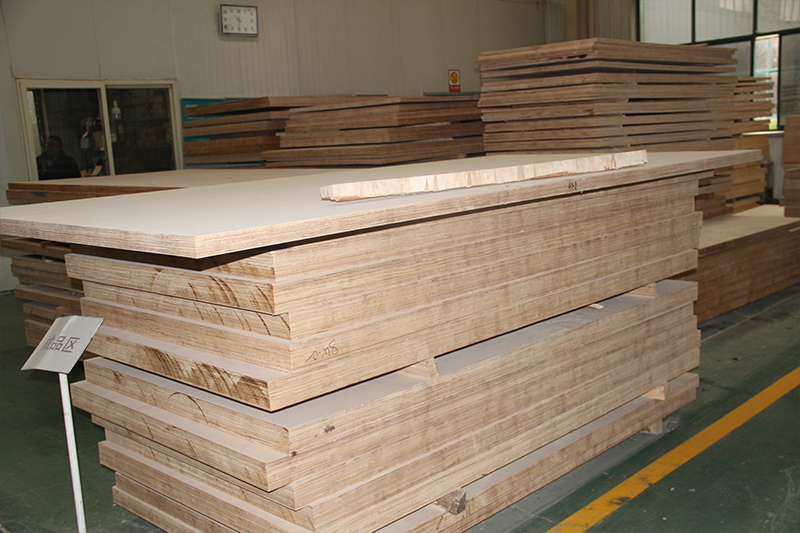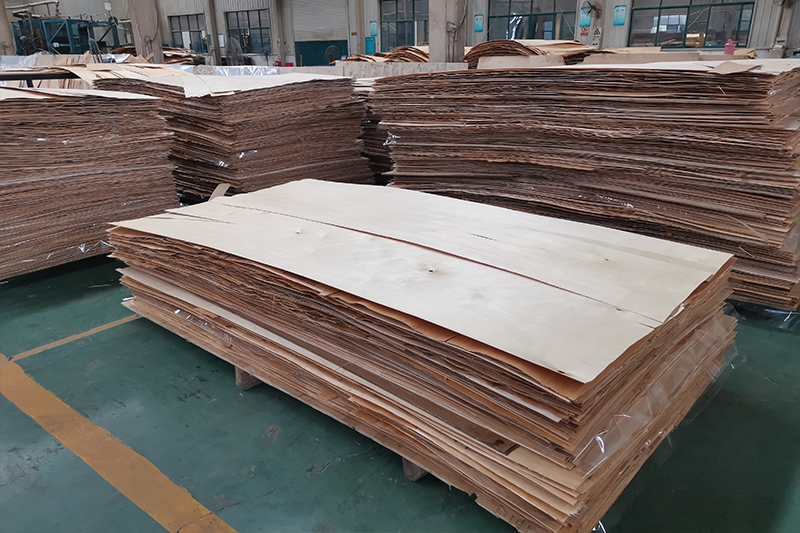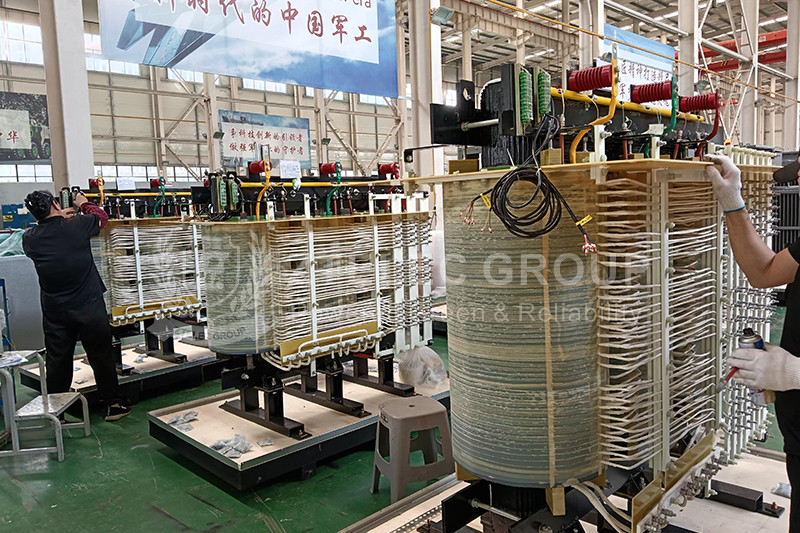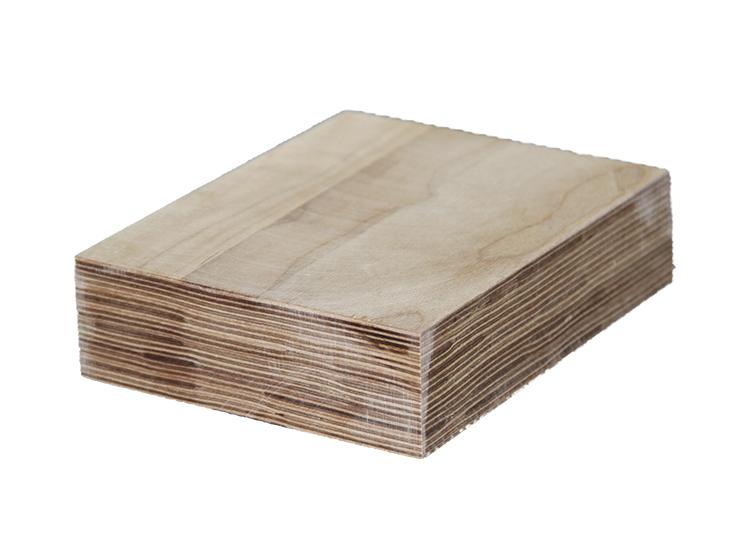Challenges and solutions for the application of electrical laminated wood in UHV power equipment
As a traditional insulating material, electrical laminated wood still has a certain application space in UHV power equipment. However, under high voltage, high current and complex environmental conditions, its performance limitations become more and more obvious. The following will analyze in detail the challenges faced in its application process and the corresponding solutions.
Main challenges faced by electrical laminated wood
1. Inadequate electrical performance
Limited dielectric strength: In UHV environments, electrical laminated wood is prone to partial discharge or breakdown, especially in humid or polluted environments.
High dielectric loss: When in high frequency or alternating electric fields, electrical laminated wood will produce significant heat, which will accelerate its thermal aging.
2. Mechanical performance defects
Anisotropy: There is a large difference in the strength of electrical laminated wood in the lamination direction and the non-lamination direction, which makes it prone to cracking in places where stress is concentrated.
Long-term creep: Under continuous mechanical load, electrical laminated wood is prone to deformation, which in turn affects the structural stability of the equipment, such as when used as an insulator support.
3. Poor environmental stability
Strong hygroscopicity: When the humidity changes, electrical laminated wood will expand or contract, which will not only reduce its insulation performance, but also may cause cracking.
Insufficient weather resistance: Under the influence of ultraviolet radiation and temperature cycles (-40℃~70℃), electrical laminated wood is prone to aging, resulting in a shortened outdoor service life.

Main challenges faced by electrical laminated wood
1. Inadequate electrical performance
Limited dielectric strength: In UHV environments, electrical laminated wood is prone to partial discharge or breakdown, especially in humid or polluted environments.
High dielectric loss: When in high frequency or alternating electric fields, electrical laminated wood will produce significant heat, which will accelerate its thermal aging.
2. Mechanical performance defects
Anisotropy: There is a large difference in the strength of electrical laminated wood in the lamination direction and the non-lamination direction, which makes it prone to cracking in places where stress is concentrated.
Long-term creep: Under continuous mechanical load, electrical laminated wood is prone to deformation, which in turn affects the structural stability of the equipment, such as when used as an insulator support.
3. Poor environmental stability
Strong hygroscopicity: When the humidity changes, electrical laminated wood will expand or contract, which will not only reduce its insulation performance, but also may cause cracking.
Insufficient weather resistance: Under the influence of ultraviolet radiation and temperature cycles (-40℃~70℃), electrical laminated wood is prone to aging, resulting in a shortened outdoor service life.
4. Process and cost issues
Difficulty in uniformity control: Due to uneven resin impregnation or fluctuations in the pressing process, the performance of electrical laminated wood will vary between batches.
High-grade processing costs are high: Deep chemical modification or nano-treatment of electrical laminated wood will greatly increase its cost.

Solutions for electrical laminated wood in UHV power equipment
1. Material modification technology
Resin system optimization: The use of epoxy resin modification or polyurethane impregnation can improve the dielectric strength of electrical laminated wood to 30-40kV/mm, while also enhancing its hydrophobicity. In addition, the addition of nano-SiO₂/Al₂O₃ fillers can reduce porosity, effectively inhibit partial discharge, and reduce the discharge by more than 50%.
Fiber reinforcement: By mixing aramid fibers or glass fibers, the transverse tensile strength of electrical laminated wood can be improved, increasing its transverse tensile strength by 2-3 times, thereby reducing anisotropy.
2. Improvement of structural design
Composite insulation structure: Compound electrical laminated wood with silicone rubber, such as sleeve design, using the hydrophobicity and elasticity of silicone rubber to make up for the defects of laminated wood. A multi-layer gradient design is adopted to make the surface layer have high density to achieve moisture-proof effect, and the core layer has high toughness to resist mechanical stress.
Bionic structure: Drawing on the microscopic pore structure of wood, directional porosity is designed to balance the dielectric properties and mechanical strength of electrical laminated wood.
3. Process optimization
Vacuum pressure impregnation (VPI): This process can ensure full penetration of resin and make the porosity less than 1%, thereby significantly improving the breakdown voltage of electrical laminated wood.
In-situ polymerization technology: Directly synthesize polymers, such as polyaniline, in the micropores of wood to form a conductive or insulating gradient layer, which helps to improve its performance.
- more+releated article
- 2025-10-21Application of K Factor Transformer
- 2025-10-21Detailed explanation about transformer model w
- 2025-10-2010kV Oil-Immersed Transformer Safety: Lightnin
- 2025-10-20What are The Advantages of Phenolic Cotton Clo
- 2025-10-17Are Three-Phase Isolation Dry-Type Transformer
- 2025-10-17G10 Epoxy Sheet: Choosing the Right Specificat
- 2025-10-1610kV Oil-Immersed Transformer Operation Inspec
- 2025-10-163240-B Epoxy Phenolic Glass Fiber Cloth Lamina
- 2025-10-15G10 Epoxy Sheet: The Preferred Insulation Mate
- 2025-10-15Analysis of Energy-Saving and Noise Control Te





